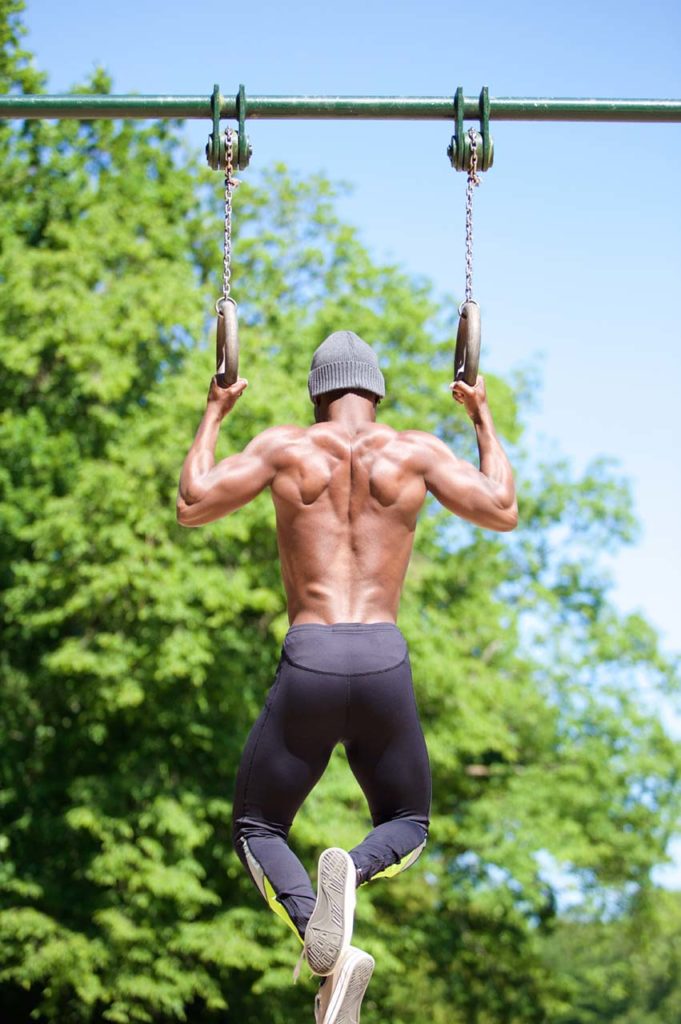Cycling is a fantastic way to stay in shape, reduce stress, and explore your surroundings. However, like any physical activity, cycling can put strain on your body. To avoid injury and maximize the benefits of cycling, it’s essential to warm up and cool down properly. In this article, we’ll explore the art of warming up and cooling down before and after a cycling workout.
The Importance of Warming Up
Warming up is essential to prepare your body for the physical demands of cycling. A proper warm-up will increase your heart rate, increase blood flow to your muscles, and improve your range of motion. By doing so, you’ll reduce the risk of injury, improve your performance, and increase your overall enjoyment of cycling.
The Components of a Warm-Up
A good warm-up should consist of the following components:
- Cardiovascular Exercise: Begin with light cardiovascular exercise such as jogging or cycling at a low intensity. This will increase your heart rate and warm up your muscles.
- Dynamic Stretching: Dynamic stretching involves moving your muscles through their full range of motion. This will improve your flexibility and range of motion, preparing your muscles for the demands of cycling.
- Specific Warm-Up: Finish your warm-up with some cycling-specific exercises such as spinning on a stationary bike or cycling at a low intensity for a few minutes. This will help to prepare your body for the specific demands of cycling.
Sample Warm-Up Routine
Here’s a sample warm-up routine you can use before your next cycling workout:
- Start with five minutes of light jogging or cycling at a low intensity.
- Perform 10-15 minutes of dynamic stretching exercises such as leg swings, walking lunges, and high knees.
- Finish with five minutes of cycling at a low intensity.
The Importance of Cooling Down
Cooling down is just as important as warming up. A proper cool-down will help to reduce muscle soreness, prevent injury, and speed up your recovery time. By allowing your heart rate and breathing to return to normal gradually, you’ll avoid sudden drops in blood pressure and reduce the risk of dizziness or fainting.
The Components of a Cool-Down
A good cool-down should consist of the following components:
- Low-Intensity Exercise: After your cycling workout, continue cycling at a low intensity for 5-10 minutes. This will help to gradually reduce your heart rate and breathing rate.
- Static Stretching: Once your heart rate and breathing have returned to normal, perform static stretching exercises. These stretches should be held for 15-30 seconds each and focus on the major muscle groups used during cycling, such as the quadriceps, hamstrings, and calves.
- Rehydration: Drink plenty of water to replenish the fluids you lost during your workout.
Sample Cool-Down Routine
Here’s a sample cool-down routine you can use after your next cycling workout:
- Cycle at a low intensity for 5-10 minutes.
- Perform static stretches for your quadriceps, hamstrings, and calves, holding each stretch for 15-30 seconds.
- Drink plenty of water to rehydrate your body.
Conclusion
Warming up and cooling down properly is essential for maximizing the benefits of cycling and reducing the risk of injury. By following the guidelines outlined in this article, you’ll be able to warm up and cool down effectively before and after your cycling workouts. Remember to take care of your body, stay hydrated, and most importantly, have fun!




